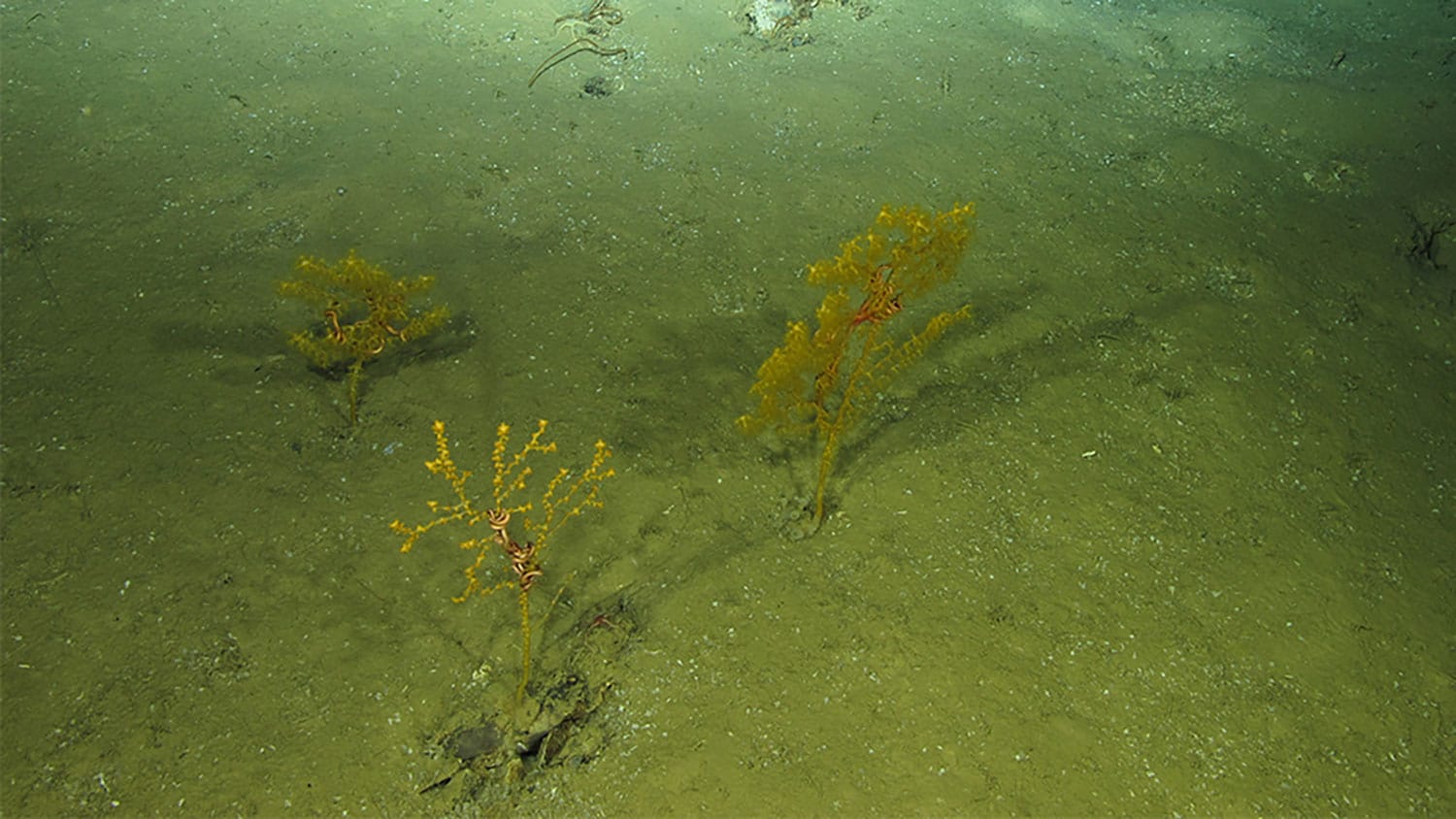These new images from the NASA/ESA/CSA James Webb Space Telescope are part of the large, long-standing Physics at High Angular resolution in Nearby GalaxieS (PHANGS) project.
This collection of 19 face-on spiral galaxies from Webb in near- and mid-infrared light is at once overwhelming and awe-inspiring. Image credit: NASA / ESA / CSA / STScI / J. Lee, STScI / T. Williams, Oxford / PHANGS Team / E. Wheatley, STScI.
“Webb’s new images are extraordinary,” said Dr. Janice Lee, an astronomer at the Space Telescope Science Institute.
“They’re mind-blowing even for researchers who have studied these same galaxies for decades.”
“Bubbles and filaments are resolved down to the smallest scales ever observed, and tell a story about the star formation cycle.”
“I feel like our team lives in a constant state of being overwhelmed — in a positive way — by the amount of detail in these images,” added Dr. Thomas Williams, a postdoctoral researcher at the University of Oxford.
Webb’s Near-Infrared Camera (NIRCam) captured millions of stars in these images, which sparkle in blue tones.
Some stars are spread throughout the spiral arms, but others are clumped tightly together in star clusters.
Webb’s Mid-Infrared Instrument (MIRI) data highlights glowing dust, showing us where it exists around and between stars.
It also spotlights stars that haven’t yet fully formed — they are still encased in the gas and dust that feed their growth, like bright red seeds at the tips of dusty peaks.
“These are where we can find the newest, most massive stars in the galaxies,” said University of Alberta’s Professor Erik Rosolowsky.
The new Webb images show large, spherical shells in the gas and dust.
“These holes may have been created by one or more stars that exploded, carving out giant holes in the interstellar material,” said Ohio State University’s Professor Adam Leroy.
“Now, trace the spiral arms to find extended regions of gas that appear red and orange.”
“These structures tend to follow the same pattern in certain parts of the galaxies,” Professor Rosolowsky said.
“We think of these like waves, and their spacing tells us a lot about how a galaxy distributes its gas and dust.”
“Study of these structures will provide key insights about how galaxies build, maintain, and shut off star formation.”
Evidence shows that galaxies grow from inside out — star formation begins at galaxies’ cores and spreads along their arms, spiraling away from the center.
The farther a star is from the galaxy’s core, the more likely it is to be younger. In contrast, the areas near the cores that look lit by a blue spotlight are populations of older stars.
What about galaxy cores that are awash in pink-and-red diffraction spikes?
“That’s a clear sign that there may be an active supermassive black hole,” said Dr. Eva Schinnerer, an astronomer at the Max Planck Institute for Astronomy.
“Or, the star clusters toward the center are so bright that they have saturated that area of the image.”
There are many avenues of research that scientists can begin to pursue with the combined PHANGS data, but the unprecedented number of stars Webb resolved are a great place to begin.
“Stars can live for billions or trillions of years,” Professor Leroy said.
“By precisely cataloging all types of stars, we can build a more reliable, holistic view of their life cycles.”
In addition to immediately releasing these images, the PHANGS team has also released the largest catalog to date of roughly 100,000 star clusters.
“The amount of analysis that can be done with these images is vastly larger than anything our team could possibly handle,” Professor Rosolowsky said.
“We’re excited to support the community so all researchers can contribute.”
Note: This article have been indexed to our site. We do not claim legitimacy, ownership or copyright of any of the content above. To see the article at original source Click Here














